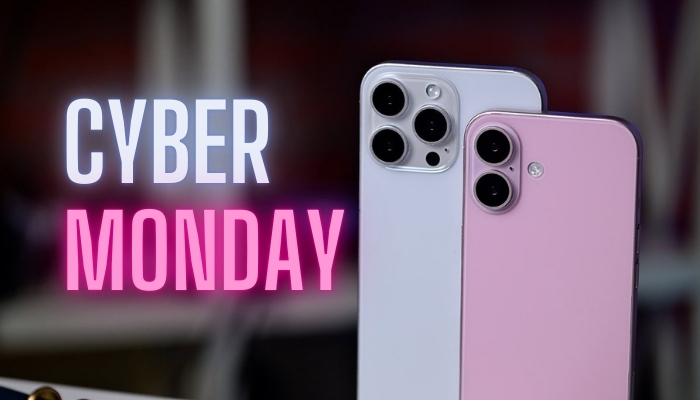
Google seems to be embracing emojis enthusiastically. They recently introduced emoji icons for Maps lists and brought emoji reactions to services like Meet and Docs. Now, it appears they are considering adding emoji reactions to Gmail, allowing users to respond to emails right in their inbox.
Hidden code within Gmail hints at the inclusion of emoji reactions
Concealed code found within the Gmail app for both iOS (discovered by Steve Moser) and Android (uncovered by TheSpAndroid) indicates that Google is apparently considering adding emoji reactions to the Gmail inbox. According to the reports, the code suggests that an emoji reaction feature is in the works for the email service.
Hidden code within the Android app indicates that emoji reactions in Gmail are on the horizon, with the message “coming soon.” Additionally, certain strings suggest that Google intends to display a message to users, saying, “You’re among the first Gmail users to get an emoji reaction. Soon you’ll be able to send emoji reactions yourself.” This implies that Google is preparing to introduce this feature in Gmail, initially in beta, with selected users before a full-scale rollout.
It remains uncertain how Google intends to integrate emoji reactions into Gmail and the selection of emojis users will have for their reactions. Some degree of flexibility is anticipated in this regard.
Moreover, the hidden code’s strings also entail certain limitations, as listed in the report.
Certain restrictions related to emoji reactions have been identified within the hidden code:
- Emails received via BCC will not have support for reactions.
- Encrypted messages will not support reactions.
- Email threads with “large groups” will not support reactions.
- There is a currently unspecified limit on the frequency of using a single emoji reaction.
- Messages can accommodate a maximum of 20 emoji reactions from a single individual.
- Messages can include a maximum of 50 unique emoji reactions.
Please note that some details are still unspecified, and these limitations apply as per the report.
Initially, the concept of emoji reactions in Gmail may appear unusual, but in practice, it could prove to be quite beneficial, as previously discussed. However, at this point, the timeline for Google’s rollout of this feature remains uncertain, as there has been no official announcement or hint.
Emoji reactions within emails are not a novel concept. Numerous email services, such as Outlook, enable users to express their response to an email using emojis. While this feature does not present emojis as a full email reply, it proves useful for situations where an email merely requires acknowledgment.



